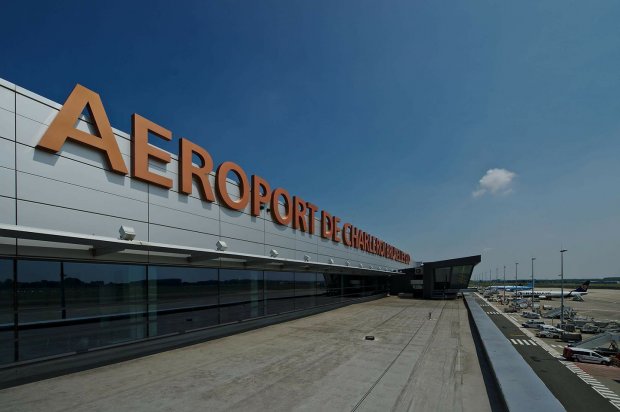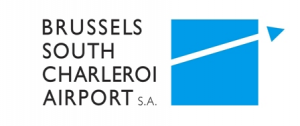A new passenger record at BSCA: + 12% in June 2017 and up overall in the first half of the year

Charleroi, 11 July 2017 – June 2017 closed on a positive note for Brussels South Charleroi Airport. The airport handled 12% more passengers than in June 2016. 682,755 people travelled through BSCA this year, compared with 610,398 in the same month last year. The load factor also improved by 2% to 86% in June 2017. Compared with the first half of 2016, BSCA also saw 3% increase in passenger traffic this year, with 3,596,513 passengers using the airport.
June this year saw the largest increase in terms of passenger numbers in 2017. These increased by 12% compared with June 2016. Last year 610,398 passengers chose Brussels South Charleroi compared with 682,755 this year.
The overall figure for the first six months is also positive, up by 3% despite the decrease seen in February. This 1% reduction can be explained by the fact that in 2017 the half term break straddled the months of February and March (from 24/02 to 05/03/2017), while it was in early February in 2016 (from 05/02 to 14/02/2016). The number of passengers travelling through BSCA in February 2017 was consequently lower than in 2016.
March and April 2017 also saw a drop in passenger traffic of 7% and 1% compared with 2016. 2016 was marked by the attacks in Brussels and the closure of Brussels-Zaventem airport, resulting in the handling of some Brussels Airport flights and passengers. Passenger numbers in 2016 were therefore exceptionally higher than expected.
In order to provide an objective view of the increase in passenger numbers, March and April are, therefore, compared with 2015; a year in which the Belgian aviation sector was free of the major disruptions of last year. Compared with 2015, BSCA saw passenger figures increase by 11% and 10% respectively in March and April.
However, despite the decreases seen in February, March and April, the general trend in passenger numbers in the first half of the year remain upward.
As far as destinations are concerned, Italy was the most popular country for flights to and from Brussels South Charleroi Airport, followed by Spain, France, Morocco and Poland. This ranking is identical with that for the first six months of the year. This trend shows the attractiveness of the Mediterranean Basin to BSCA passengers, while not forgetting city breaks to Central and Eastern Europe.
Welcoming these results on behalf of the management team and congratulating all teams on their achievement, Jean-Jacques CLOQUET, CEO of Brussels South Charleroi Airport, said: “Ending June and the first half of the year with figures in the black is excellent news for BSCA and all its staff and partners. Our hard work is paying off and this confirms our objective of continuing with efforts to develop the airport. Charleroi Airport is one of the key socio-economic players in the region and it is important that it continues to use all its skills in order to obtain recognition at international level. We are therefore pursuing our development plans and increasing our contacts in order to continue to diversify our operations for the benefit of our customers. The first six months saw a number of new developments with the arrival of two new airlines (Air Corsica and Belavia), the arrival of a fifth Boeing 737-800 aircraft, with 189-seat capacity, belonging to the airline TUI fly and the addition of seven new destinations (Sarajevo, Hurghada, Naples, Trieste, Essaouira, Ouarzazate and Tunis). We should also be in a good position for the winter season given that TUI fly has announced that it will extend some of its routes (Tunis, Ouarzazate, Essaouira and Hurghada) and add others (Murcia and Sharm-El-Shikh) in winter 2017-2018. Ryanair will also continue to develop its network from its Charleroi base with 6 new routes (Plovdiv, Eilat, Naples, Varna, Wroclaw and Lisbon). So we are still keen to see Brussels South Charleroi Airport develop, while remaining on a human scale, close to its customers and passengers and at the same time taking our place on the international stage.”


